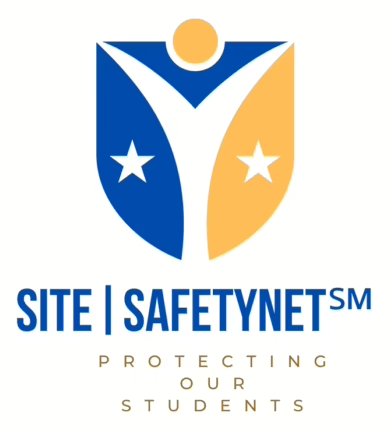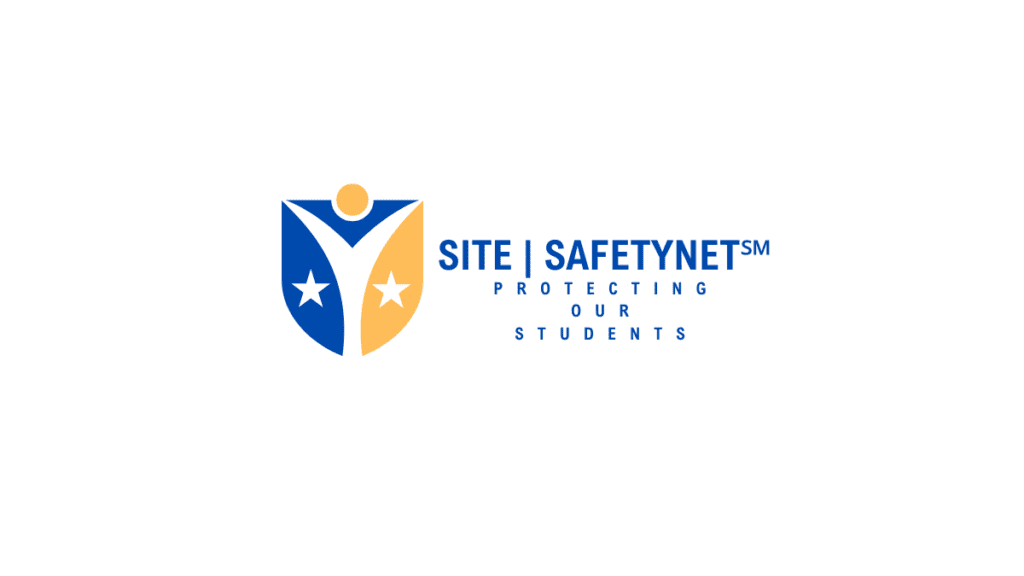 – Protecting Our Students
– Protecting Our Students
– Robert Jordan
– In today’s digital age, having a comprehensive and easily accessible online presence is crucial for any organization, and schools are no exception. Our recent research has concluded that approximately 30% of U.S. K-12 schools have a dedicated “Safety” page on their websites, leaving 70% without one. This gap presents a critical opportunity for superintendents, school districts, safety boards, and educational leaders to enhance their communication and transparency efforts regarding school safety.
Why a Dedicated Safety Page Matters
- Enhanced Communication with Parents and Community: A dedicated safety page serves as a central repository of important information regarding the safety measures and protocols implemented by the school. It reassures parents that the school is proactive about student safety and keeps the community informed about how safety is managed.
- Transparency and Trust: Transparency is critical to building trust between schools and families. By clearly outlining safety policies, emergency procedures, and contact information for safety officers, schools can demonstrate their commitment to maintaining a safe environment for students.
- Quick Access to Critical Information: Having a centralized page with clear instructions in an emergency can be invaluable. It ensures that parents and guardians can quickly find the information they need without navigating through multiple pages or relying on external communication methods.
- Standardized Safety Practices: A standardized safety page can help ensure consistency across the district. This can be particularly useful for districts with multiple schools, ensuring that all institutions follow the same safety protocols and procedures.
- Resource for Students and Staff: A dedicated safety page isn’t just for parents; it’s also a valuable resource for students and staff. It can include training materials, safety tips, and links to additional resources, fostering a culture of safety awareness within the school.
Essential Components of a School Safety Page
A school safety page is crucial for communicating safety measures and protocols to parents, students, staff, and the community. The following elements ensure that the safety page provides valuable information without disclosing sensitive details like floorplans or specific evacuation routes:
- Emergency Procedures:
- General Overview: Outline the types of emergencies the school has prepared for (e.g., fire, lockdown, severe weather) without revealing specific steps or routes.
- Contact Information:
- Key Safety Personnel: Provide contact details for the school safety officer, local law enforcement liaisons, and emergency services.
- Accessibility: Ensure this information is prominently displayed and easy to access.
- Safety Policies and Protocols:
- Policy Details: Detail the school’s policies on bullying, harassment, drug use, and other safety-related issues.
- Incident Reporting: Explain how safety incidents are reported and handled, ensuring transparency and accountability.
- Updates and Announcements:
- Safety Announcements: Keep the page updated with the latest safety announcements, drills, and training sessions.
- Regular Updates: Regular updates help keep safety in mind for the entire school community.
- Resources and Links:
- External Resources: Include links to external resources such as local law enforcement, mental health services, and safety training programs.
- Community Information: Providing these resources helps the community stay informed and prepared.
- Anonymous Reporting Tools:
- Reporting Safety Concerns: Offer tools for anonymously reporting safety concerns, empowering students and parents to speak up about potential threats without fear of retaliation.
- Ease of Use: Ensure these tools are easy to use and access.
Steps to Implementing a Safety Page
- Assessment and Planning: Assess the current safety information available and identify gaps. Plan the layout and content of the safety page, ensuring it is comprehensive and easy to navigate.
- Collaboration with Stakeholders: Work with school administrators, safety officers, teachers, and parents to gather input and ensure all relevant information is included. Collaboration can also help identify the most effective ways to present the information.
- Content Creation: Develop clear, concise, and accurate content for the safety page. Use bullet points, headings, and subheadings to make the information easy to read and understand.
- Technical Implementation: Work with the school’s IT department or website provider to create and integrate the safety page into the existing school website. Ensure it is mobile-friendly and accessible to individuals with disabilities.
- Promotion and Education: Once the safety page is live, promote it through newsletters, social media, and school meetings. Educate students, staff, and parents on accessing and using the page effectively.
- Continuous Improvement: Review and update the safety page regularly to ensure it remains current and relevant. Solicit feedback from the school community to make necessary improvements.
Our Initiative: Promoting and Assisting Schools with Safety Pages
At SITE|SAFETYNET℠, we understand the importance of having a standardized safety page on school websites. As a part of our commitment to enhancing school safety, we are reaching out to superintendents, school districts, and safety boards to emphasize the necessity of this crucial step.
Our team is dedicated to providing schools with the resources and support they need to create and maintain comprehensive safety pages. Utilizing our proprietary 60-Point Safety Zone Assessment and Dynamic Safety Score (DSS) system, we offer detailed evaluations and actionable insights that can be integrated into these safety pages, including our SAFETYNET|REPORT℠ that ensures schools have up-to-date and accurate information.
Creating a dedicated safety page on school websites is a straightforward yet impactful way to enhance communication, transparency, and trust within the school community. By providing easy access to critical safety information, schools can ensure they are well-prepared to handle emergencies and foster a safe learning environment for all students.
Let’s work together to ensure every school has the resources and information necessary to maintain a safe and secure educational environment. Don’t hesitate to contact us for more information on how SITE|SAFETYNET℠ can assist your school in developing a comprehensive safety page.
Simplifying School Safety: How SITE|SAFETYNET℠ Stands Out from Complex Platforms
School Safety in U.S. K-12 Education: An Analysis of Dedicated Website Safety Pages

 – Protecting Our Students
– Protecting Our Students